Shanghai Auto Show: Two New EVs, Along With Two New Brands, Both From Toyota & Co.

In the past, Toyota had tried to resist the urges of the Chinese government to establish new joint-venture brands. The company also had been highly skeptical of the viability of the electric vehicle. All doubts have been tossed over board. Toyota launched two new brands and two new EVs in China.
In September last year, Toyota’s designated Chairman Takeshi Uchiyamada said:
“The current capabilities of electric vehicles do not meet society’s needs, whether it may be the distance the cars can run, or the costs, or how it takes a long time to charge.”
The needs of the Chinese society appear to be different. Toyota shows two new electric vehicles side-by-side at the Shanghai show.
One is made at Toyota’s joint venture with FAW. The Corolla-based EV will be sold under the new Ranz brand.
The other EV is made at Toyota’s joint venture with Guangzhou Auto. The Camry-based EV will be sold under the new brand of – well, you figure it out.
Despite generous subsidies, EVs remain largely unsalable in China. But if the Chinese government wants something, it gets it.

Bertel Schmitt comes back to journalism after taking a 35 year break in advertising and marketing. He ran and owned advertising agencies in Duesseldorf, Germany, and New York City. Volkswagen A.G. was Bertel's most important corporate account. Schmitt's advertising and marketing career touched many corners of the industry with a special focus on automotive products and services. Since 2004, he lives in Japan and China with his wife <a href="http://www.tomokoandbertel.com"> Tomoko </a>. Bertel Schmitt is a founding board member of the <a href="http://www.offshoresuperseries.com"> Offshore Super Series </a>, an American offshore powerboat racing organization. He is co-owner of the racing team Typhoon.
More by Bertel Schmitt
Latest Car Reviews
Read moreLatest Product Reviews
Read moreRecent Comments
- Daniel J Our CX-5 has hit its automatic brakes a few times at in very unnecessary situations. My 2018 doesn't have it, but it will shake and throw a warning if it thinks you should brake. Only once was it needed. The dozen or so times it has gone off I was already on the brakes or traffic was in a pattern that just fooled it.
- Kosmo This would become interesting with a turbo and 6MT.
- CanadaCraig 'Afraid' is the wrong word. The question should be, "Do you trust autonomous cars to get you from point A to point B and all points in between safely?" And my answer to that question is 'NO'.
- Daniel J For us it's just woefully underpowered. Put the 2.5T in it then I might consider it.
- Bd2 Such practices are deeply frowned upon by Kia and Hyundai dealerships where consumers sport increasing credit scores and household incomes to boot.



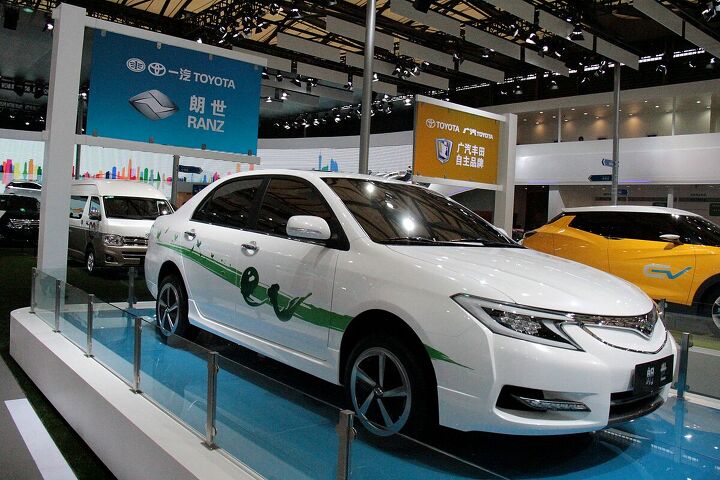















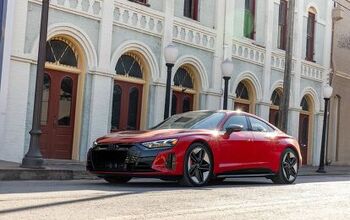
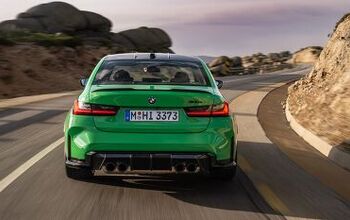
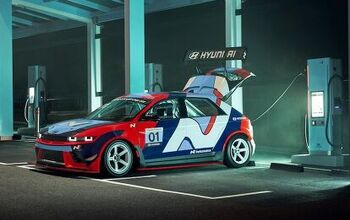


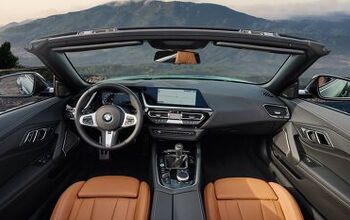
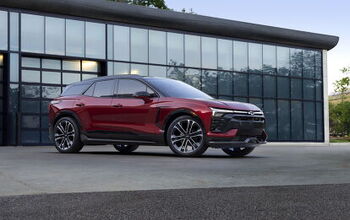
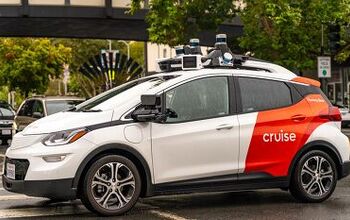
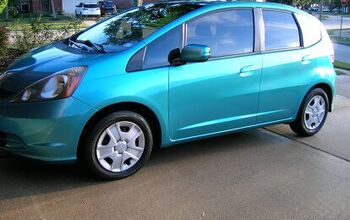

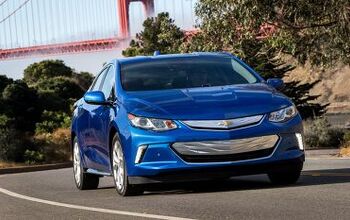
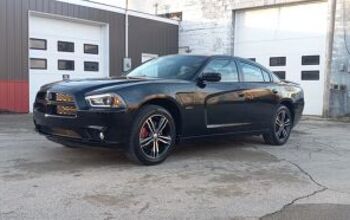
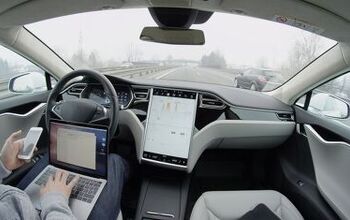
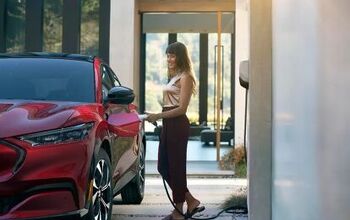
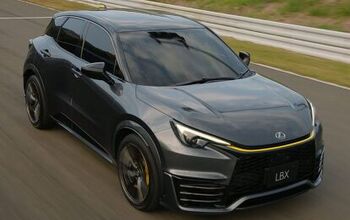
Comments
Join the conversation
So Toyota is now supporting six different brands. Toyota Lexus Scion Daihatsu Ranz and...??? TBD
"Despite generous subsidies, EVs remain largely unsalable in China." Depending on what sources you believe, 20-30 million electric bikes were sold in China in 2012. A typical Chinese electric bike costs the equivalent of $400 (about a month's salary), has a top speed of 20-25 mph, and provides around 10 miles of electric assist (almost exclusively from lead acid batteries .. chinese electric bikes use approximately 20% of the world's lead production). Electric bikes work well because they're inexpensive (huge volume) & cheap to operate (vs a gas moped), have no hard range limits (but are heavier to pedal after batteries are depleted), and can tap into any mains outlet for charging. Lower speed limits vs cars are fine for urban environments. Electric bikes are largely unregulated, but this is changing (if irregularly enforced) as ridership increases. Electric cars are expensive (low volume), have a hard range limit, and require significant infrastructure investment for charging.